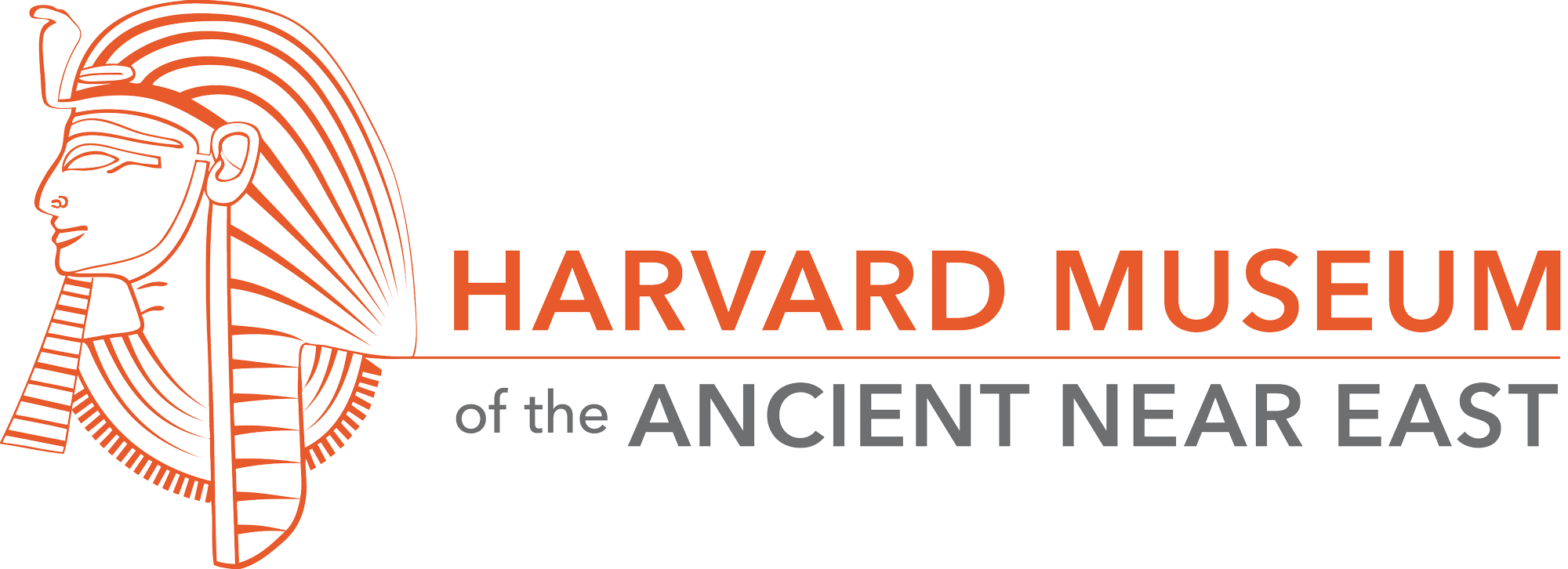Stager LE, Master DM, Schloen JD.
Ashkelon 3: The Seventh Century B.C.; 2011.
Publisher's VersionAbstract
Ashkelon 3: The Seventh Century B.C, written by Lawrence E. Stager, Daniel M. Master, and J. David Schloen has won of the 2012 Irene Levi-Sala Book Prize. The Irene Levi-Sala Book prize award is dedicated by the Sala Family Trust, London, to the memory of Dr. Irene Levi-Sala, who was a gifted archaeologist and maintained a keen interest in the culture and archaeology of Israel. The purpose of this prestigious prize is to encourage and reward high quality publications, both scholarly and popular, on the archaeology of Israel against the wider context of Near Eastern history and archaeology.
The Leon Levy Expedition to Ashkelon continues its final report series with a study of the city destroyed in the campaign of the Babylonian king Nebuchadrezzar in December of 604 B.C. In this era, Ashkelon’s markets linked land routes from the southeast to a web of international Mediterranean merchants, and this volume describes the Iron Age bazaar where shopkeepers sold the goods of Egypt, Greece, Phoenicia, Cyprus, and Judah. In addition, in another part of the city, a winery produced a homegrown vintage for distribution abroad.
This volume spans more than 800 full-color pages illustrating the range of imported and local artifacts recovered by more than ten years of excavation. The twenty-eight chapters, by more than two dozen contributors, combine to describe Ashkelon’s pivotal role in the economy and politics of the late seventh century B.C. As such, Ashkelon 3: The Seventh Century B.C. is a indispensable resource for those interested in the Iron Age history of the Eastern Mediterranean and the study of trade and economy in the ancient world.
 ashkelon_3.pdf
ashkelon_3.pdf 








